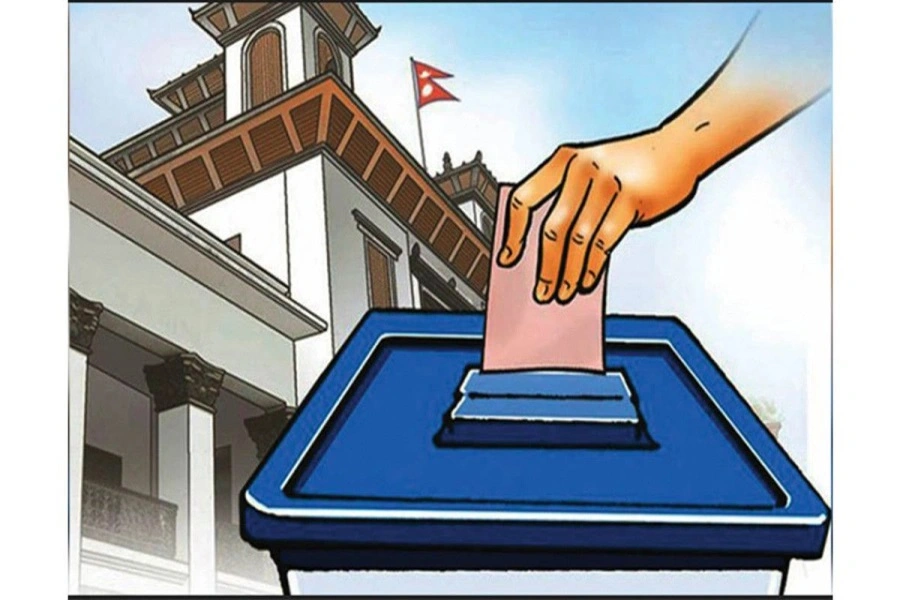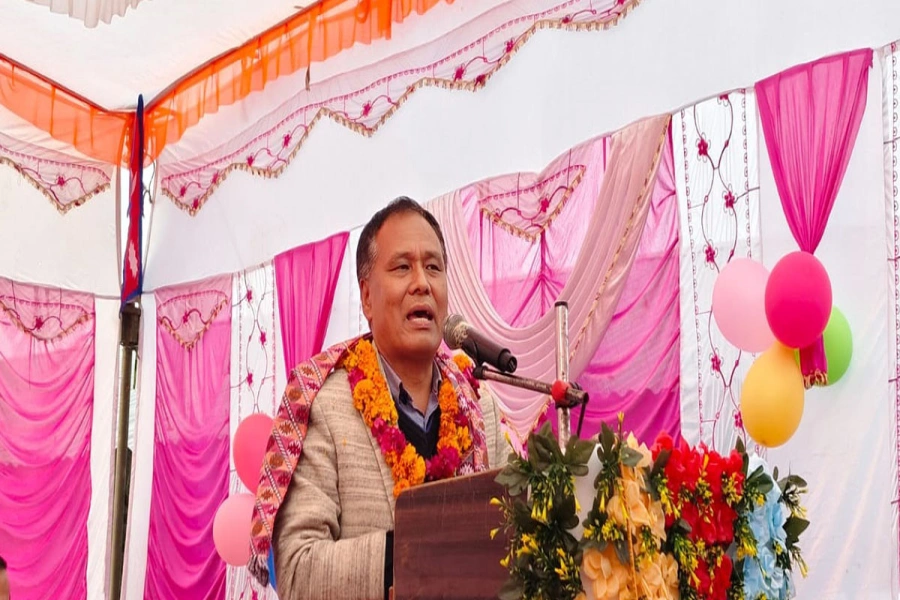The power of film and literature lies in their ability to captivate our minds and transport us to different realms of imagination. Yet, when it comes to depicting individuals with disabilities, these artistic mediums frequently miss the mark, propagating stereotypes and lacking genuine and nuanced portrayals. While it is important to acknowledge that art may not always strive for realism, we must also address the impact of exaggerated portrayals and the need for more authentic representations. In this context, exploring the regressive representation of persons with disabilities becomes crucial, as it highlights the pressing demand for genuine and accurate portrayals in film and literature.
The limited portrayal of persons with disabilities in creative fields can be categorized into several archetypes. Firstly, there is the "Pity Portrayal," seen in certain Hindi films and English literature, where characters with disabilities are depicted solely as objects of pity and sympathy. These portrayals reinforce the notion that people with disabilities are incapable of leading independent and fulfilling lives, perpetuating a sense of helplessness and reliance on others. Another negative portrayal is the "Comic Relief Stereotype," where characters with disabilities are used for comedic purposes, often exaggerating their disabilities and subjecting them to mockery and ridicule. This type of depiction fosters the belief that people with disabilities are meant to be laughed at rather than respected. Additionally, the "Villainous Representation" associates individuals with disabilities with evil or malicious nature, establishing a harmful association between disability and immorality. Such portrayals further perpetuate negative stereotypes and contribute to fear or distrust towards people with disabilities. Lastly, there is the "Inspirational Trope," where characters with disabilities are portrayed as inspirational solely because of their disability. While the intention behind this portrayal may be positive, it reduces their identity to their disability and disregards their individuality and diverse experiences. To address these claims, I will analyze a few examples from both Hindi films and English literature.
Issues in Bollywood Representation:
Disability in Bollywood often falls victim to tired clichés and stereotypes. Disabled characters are consistently reduced to mere plot devices, either for comic relief or as catalysts for dramatic twists. Unfortunately, these portrayals rarely strive for realism or seek to educate audiences about the genuine experiences and challenges faced by individuals with disabilities. Instead, their disabilities are frequently sensationalized or transformed into superhuman abilities, suggesting that acceptance and respect can only be earned by transcending their limitations. A glaring example of this regressive portrayal can be seen in the 2003 film "Koi... Mil Gaya," where the character Rohit, who has a mental disability, starts off as childlike and incapable. However, an encounter with an extraterrestrial being enhances his cognitive abilities, turning him into a superhuman with extraordinary powers. This depiction reinforces the notion that individuals with disabilities can only be valuable to society if they possess exceptional abilities or powers. Another troubling instance can be found in the 1981 film "Dhanwaan," where the rich and arrogant atheist Rajesh Khanna becomes blind and can only regain his vision by repenting and turning to God. Furthermore, in the cult classic "Gunda" (1998), the character "Bulla," portrayed as a visually impaired man, is depicted as a villain. His disability is utilized to accentuate his negative traits, presenting him as more menacing.
Issues in Western Literature:
Inclusive Election in Nepal

Western literature and drama have also faced criticism for their portrayal of disability. In William Gibson's play "The Miracle Worker," which recounts the story of Helen Keller and her teacher Annie Sullivan, the emphasis on Keller's extraordinary journey of overcoming her disabilities can inadvertently create unrealistic expectations. While Keller's story is undeniably inspiring, it risks overshadowing the experiences of other individuals with sensory impairments who may face different challenges and navigate distinct paths. This emphasis on exceptionalism can reinforce the notion that individuals with disabilities must accomplish extraordinary feats to be valued, thereby marginalizing those who cannot or do not aspire to such achievements.
Classic novels such as Harper Lee's "To Kill a Mockingbird" and John Steinbeck's "Of Mice and Men" also reflect the regressive representation of disability. In "To Kill a Mockingbird," the character Boo Radley, who experiences emotional and psychological disabilities, is depicted as a feared and misunderstood recluse. The townspeople's prejudice and discrimination against Boo stem from their ignorance and the harmful assumptions they make based on his disabilities. This portrayal perpetuates the stigmatization and marginalization of individuals with disabilities, reinforcing negative stereotypes that cast them as dangerous or deviant. Similarly, one can consider the character of Lennie Small in John Steinbeck's novel "Of Mice and Men" (1937). Lennie is depicted as a mentally challenged man whose childlike innocence and limited intellectual capacity are exploited for comic effect. His character is often used to create humor through his unintentional actions and misunderstandings, which can be seen as an exaggeration of his disabilities. This portrayal contributes to the stereotype that people with disabilities are sources of amusement rather than individuals deserving of empathy and understanding.
In various older works, disability is presented in a dehumanizing manner, as is the case with John Donne's poem, "The Lame Beggar." This literary piece portrays the disabled character in a manner that evokes pity and highlights their reliance on the benevolence of others. The depiction underscores the character's physical limitations and their inability to support themselves. Throughout the poem, the disabled beggar is described as "a helpless cripple" who "creeps along the ground" and "pleads for relief." The language employed by Donne reinforces the perception of the disabled character as feeble, vulnerable, and constantly dependent on assistance. "The Lame Beggar" focuses on the beggar's suffering and seeks to elicit sympathy from the readers, further perpetuating the prevailing belief that individuals with disabilities are helpless and incapable of leading independent lives.
Similarly, Lord Byron's play "The Deformed Transformed" also contributes to the dehumanization and pity portrayal of characters with disabilities. The play features a character named Bertram, who is physically deformed. Bertram is depicted as a tormented and malevolent figure, driven to evil acts due to his deformity. This portrayal reinforces the stereotype that individuals with disabilities are inherently evil or monstrous. Byron's play emphasizes Bertram's physical appearance, describing him as a "hideous creature" and a "miserable object." The character's disability is used as a device to evoke fear and disgust in the audience, perpetuating negative stereotypes and reinforcing the belief that people with disabilities are abnormal or dangerous.
Steps for Improvement:
To address these issues and promote authentic portrayals of disability in film and literature, it is crucial to take practical steps that encourage inclusivity, empathy, and a deeper understanding of the diverse experiences of individuals with disabilities.
Firstly, it is essential for filmmakers, writers, and producers to collaborate with individuals with disabilities during the creative process. By involving them as consultants, advisors, or even as actors or authors, the authentic perspectives and insights of people with disabilities can be incorporated into the storytelling. This collaborative approach ensures that the portrayal of disability is accurate, respectful, and free from harmful stereotypes.
Secondly, creators should strive to diversify the narratives surrounding disability. Instead of relying on limited tropes or storylines, they can explore a wide range of experiences, challenges, and triumphs. By showcasing the everyday lives, aspirations, and relationships of individuals with disabilities, storytellers can humanize their characters and foster empathy among audiences.
Furthermore, it is important to challenge the notion that disability needs to be overcome or compensated for in order to be accepted or successful. Portraying individuals with disabilities as fully realized characters, with their own strengths, vulnerabilities, and agency, can counteract the prevailing narrative that centers around their disabilities as defining attributes. This approach allows for more nuanced and authentic representations that acknowledge the complexity of individuals with disabilities.
In addition, promoting accurate and positive portrayals of disability can be supported by creating platforms for disabled filmmakers, writers, and actors to share their stories. This can be done through film festivals, literary events, or online platforms dedicated to showcasing the work of marginalized voices. By amplifying these voices and providing opportunities for their narratives to be heard, the broader landscape of disability representation can be enriched and diversified.
Similarly, educational initiatives are also crucial in fostering a more inclusive society. Schools and universities can integrate disability studies into their curriculum, providing students with opportunities to learn about the history, culture, and experiences of people with disabilities. This educational approach promotes critical thinking and challenges preconceived notions, leading to a more empathetic and inclusive society.
In conclusion, the regressive depiction of disabilities in film and literature highlights the urgent need for authentic portrayals that challenge stereotypes and broaden perspectives. To achieve this, it is essential to take practical steps such as engaging in meaningful collaborations with individuals who have disabilities, diversifying narratives to encompass a range of experiences, creating platforms that empower disabled artists, and promoting educational initiatives that foster inclusivity. By actively pursuing these measures, we can cultivate a culture of inclusivity, empathy, and deeper understanding of disability. It is through collective efforts and a genuine commitment to accurate portrayals that we can transform the realms of film and literature into powerful mediums that celebrate diversity. Rather than using art as a means to humiliate or marginalize, it should serve as a catalyst for positive change and societal transformation.




































